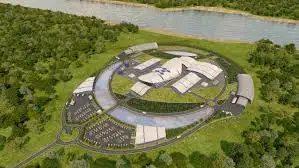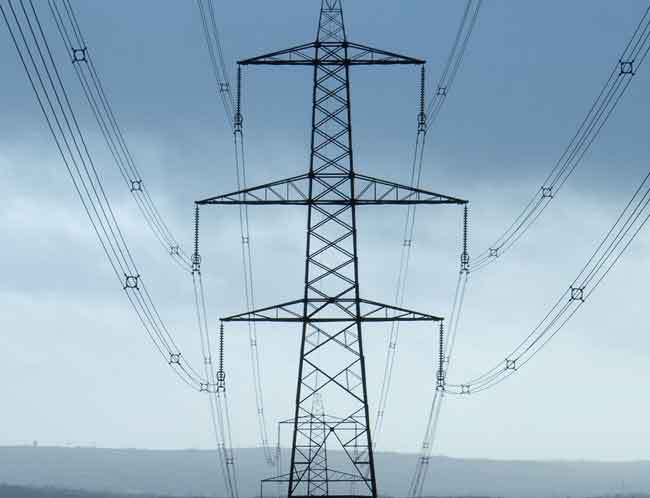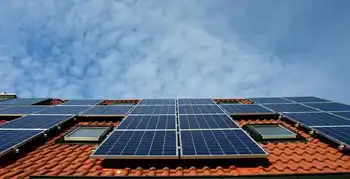Wastewater Treatment Device Generates Electricity
By VOA News
High Voltage Maintenance Training Online
Our customized live online or in‑person group training can be delivered to your staff at your location.

- Live Online
- 12 hours Instructor-led
- Group Training Available
Sewage may not be appetizing, but Pennsylvania State University environmental engineer Bruce Logan reports that some bacteria love it. He has invented what he calls a microbial fuel cell, in which bacteria devour wastewater to make electricity.
Unlike water treatment plants currently in use, Mr. Logan's process can clean wastewater and generate electricity at the same time.
Right now, it processes only about one cup of water, but Mr. Logan thinks that the technology's potential for producing electricity is significant.
Pennsylvania State University environmental engineer Bruce Logan "If we were to capture all the electricity in wastewater from 100,000 people, we would have a 2.3-megawatt power plant. That is about enough power to power 1500 homes," he says.
Mr. Logan says that when bacteria eat organic waste, they spit out electrons that can be used as electricity. Unlike a battery, which eventually runs out, a fuel cell can be constantly replenished just by feeding the microbes more waste.
"The bacteria will eat organic matter like you and I eat food, and they break it down into carbon dioxide and they also have electrons that they remove from that food. They take those electrons and typically they use oxygen to transfer those electrons just like you and I breathe. If we keep them away from the oxygen, but we allow them to grow on an electrode in a microbial fuel cell, they can actually transfer those electrons to the electrodes," he explains.
Microbial fuel cells have existed for a number of years, but early models required addition of a toxic chemical to make them work. When scientists finally developed fuel cells that did not need the chemical, Mr. Logan realized he could design one to treat sewage.
Northwestern University researcher Bruce Rittmann says Mr. Logan's device is an important advancement in the field of fuel cells.
"Even though he and I do not agree on every technical detail, I think what he is doing is really fabulous," he says. "The fact that we can generate electricity using a microbial fuel cell and we can use just whatever happens to be in the water is really a key finding."
Whether or not Bruce Logan can take his invention into the real world depends on whether it can produce enough electricity at a reasonable cost.
Mr. Logan announced the first version of his machine in February. To make it cheaper, he has removed some of its most expensive parts. One of these is a membrane that isolated the bacteria from oxygen and forced their electrons directly into the battery circuit. These changes make the fuel cell 60 percent cheaper with six times more output.
But Northwestern University's Bruce Rittmann believes that without the membrane, Mr. Logan's machine cannot make enough electricity to be cost-effective.
"The critical thing here is to force all the electrons through the fuel cell and that is what he does not address," he adds. "You have got to keep the oxygen away from the organisms or else they are just going to use the oxygen directly and then they will not send the electrons through the fuel cell."
Regardless of the technical issues, Bruce Logan has lofty goals for his small machine. He hopes that in the future, his technology can be used to make centralized water treatment plants in both developed and developing countries.
"There are a billion people in the world that lack access to sanitation systems," he says. "If we can create a waste treatment plant, which will essentially pay for itself through the generation of electricity, communities can keep this reactor going because they have an incentive to want to get the electricity from it."
Mr. Logan plans to have a large-scale prototype in three years. He says that an electricity-producing wastewater plant could be operational in five to 10 years.











